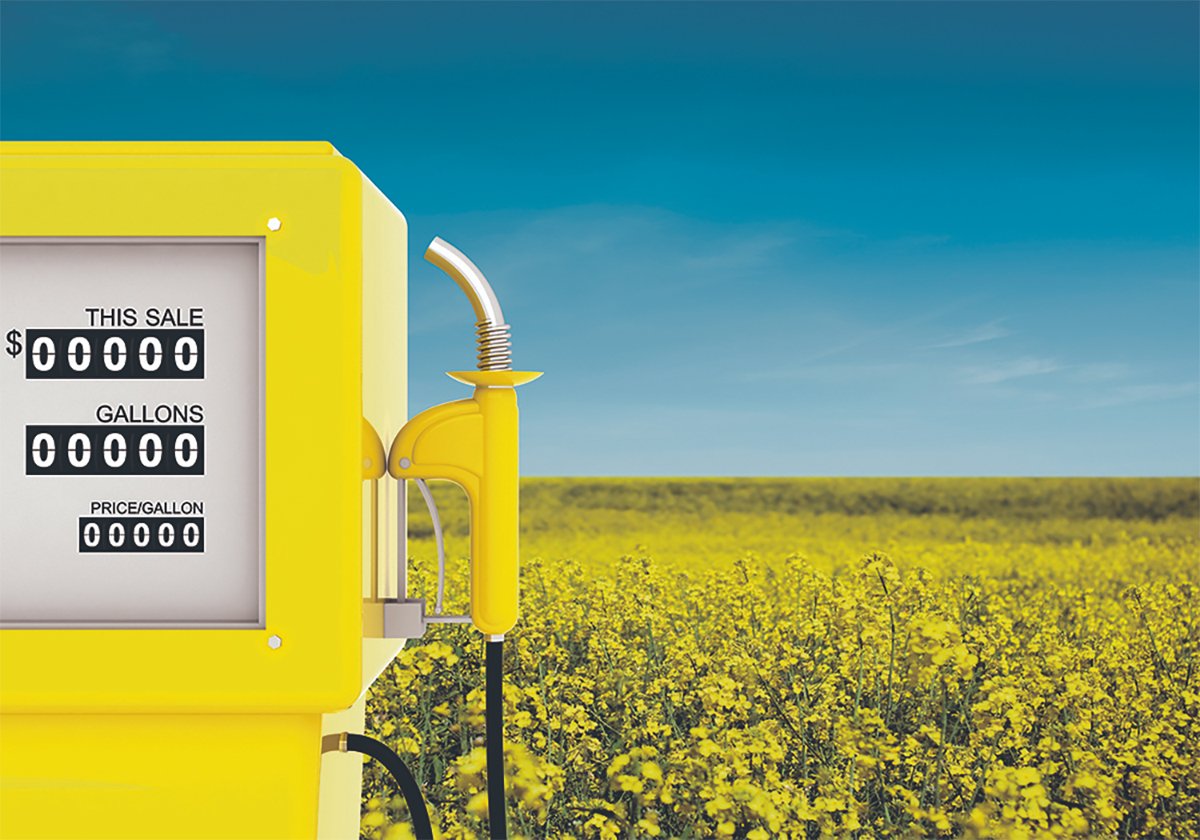Who would have thought 10 years ago that expectation of a large corn crop would pressure oil prices lower?
That’s what happened March 30 when the United States Department of Agriculture released a planting intentions report that forecast a much larger corn crop than most expected.
For a short time on the morning of the report, Wall Street traders pondered a scenario where a big corn crop pressured corn prices lower, making it cheaper and easier for ethanol producers to increase production.
The ethanol would replace gasoline and reduce the demand for oil, the thinking went.
Read Also

Biofuel sector happy with federal budget
Advanced Biofuels Canada says new Biofuel Production Incentive is a lifeline until CFR amendments are in place.
The scenario guided the market for only an hour or so before other issues such as the tension between Britain and Iran over Iran’s capture of 15 sailors and marines pushed oil higher. Also, they concluded that ethanol production would not increase enough to seriously impact gasoline demand.
But the event shows the increasingly strong link between agricultural crops and energy.
Oilseed prices provide another illustration. Vegetable oil can be used to make biodiesel and so strong petroleum prices support veg oil prices that in turn support the seed price.
In the 10 days leading up to the USDA report, the Britain-Iran conflict drove oil prices 13 percent higher and that helped vegetable oil prices.
In the market turmoil following the USDA report, futures prices for all crops dropped, but soybeans bounced back during the day, in part because oil prices resumed their climb.
Last summer, as oil prices moved into record territory, peaking at about $80 US per barrel in early August, strong support was lent to oilseed and corn prices.
When oil fell below $55 in January it caused grain markets some concern. It raised worries about the profitability of biofuel production and caused some to wonder if it would delay or shelve plant construction plans, which in turn would slow the growth of grain demand.
But now with oil up and corn prices down, the biofuel profit picture has improved.
Where will oil prices go in the future?
Some market watchers think the recent price run up sparked by Iran capturing British sailors and marines simply pushed ahead what would have been a fundamental based rally.
A Reuter’s survey of oil analysts in March found that most believe world oil demand growth, led by China and the United States, will be double the pace of last year, much higher than expected.
They also expect that non-OPEC oil production will not be able keep up with demand and so a significant portion of it will have to be met by the oil cartel. That will likely mean refiners will have pay up to get scarce barrels to meet summer gasoline demand.
The implication is that recent prices near $68 per barrel could become common through the summer. And strong oil prices support grain and oilseed prices.
The only drawback, and it is a big one, is that they also push the price of fuel higher, increasing farmers’ costs.














